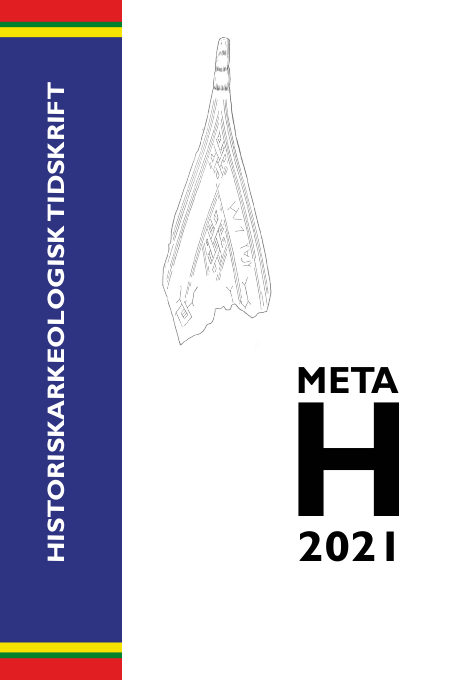Kolari marketplace in a multicultural landscape between Sámi, Swedes and Finns
DOI:
https://doi.org/10.59008/meta.vi.10918Abstract
The marketplace in Kolari, Northern Finland was used until the 1880s. Located on Kolarinsaari island on the Muonionjoki river in close proximity to the Kolari church, it was a winter meeting place for local farmers and Sámi, as well as for tradesmen from the areas that are now Sweden, Finland, and Karelia. Archaeological excavations were carried out in summer 2018 and in connection to these, soil geochemical values were analysed. This paper focuses on the Kolari marketplace as a part of a landscape shared by Swedes, Finns, and Sámi. Furthermore, through the soil analyses we examine the intercultural interactions that took place during the winter market and scrutinize how different activities, people, and animals were located in the marketplace as well as in the wider landscape surrounding the marketplace. The latter is approached using GIS analysis and Tim Ingold’s concept of taskscape. This case study shows how the historical archaeology of landscapes and taskscapes can contribute to our understanding of contacts and multicultural encounters between the Sámi and other groups.







